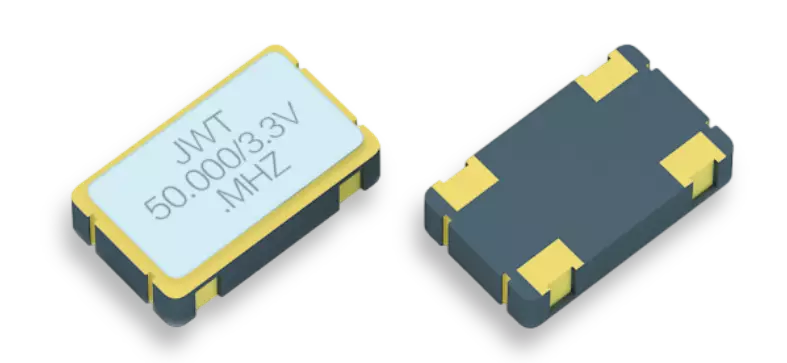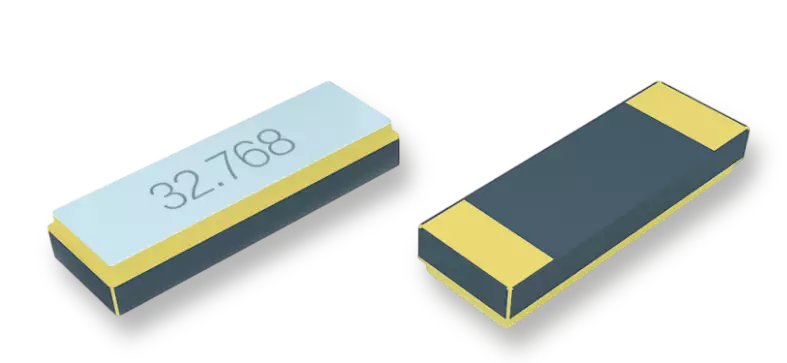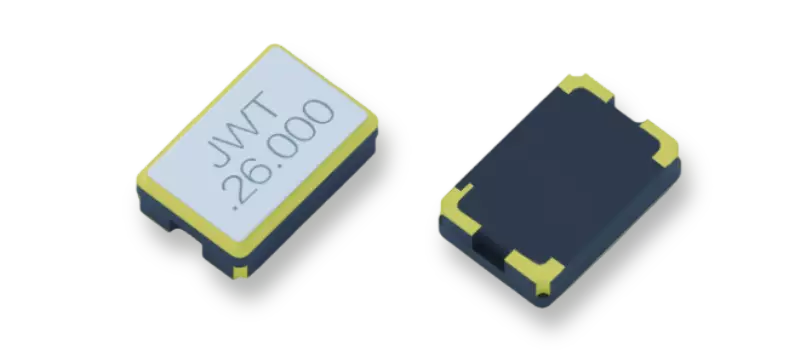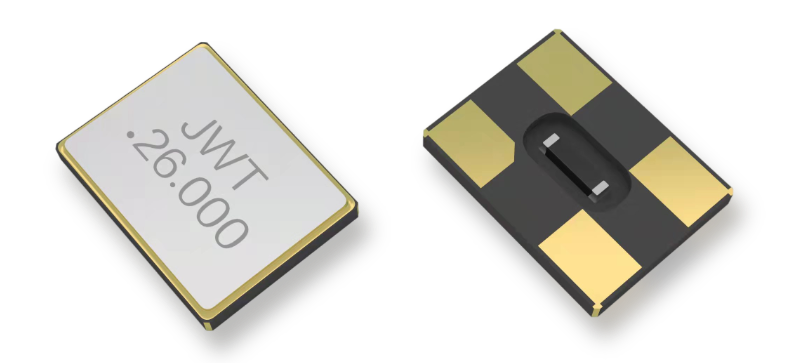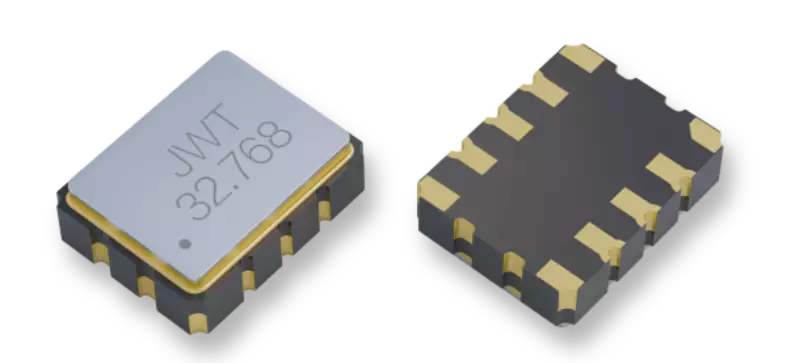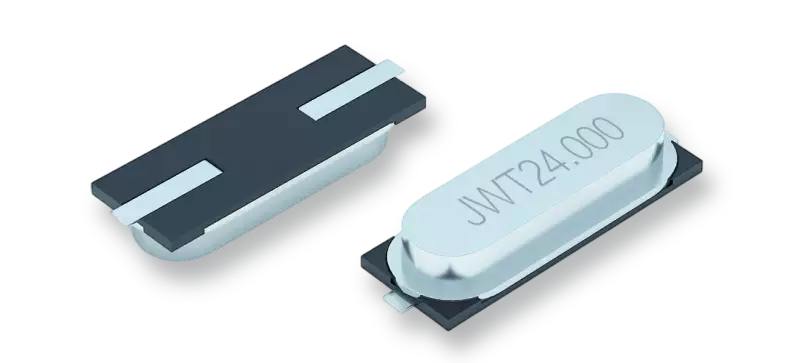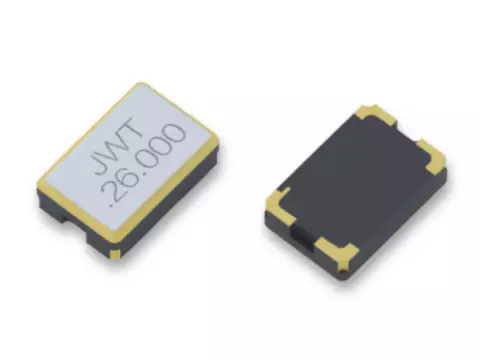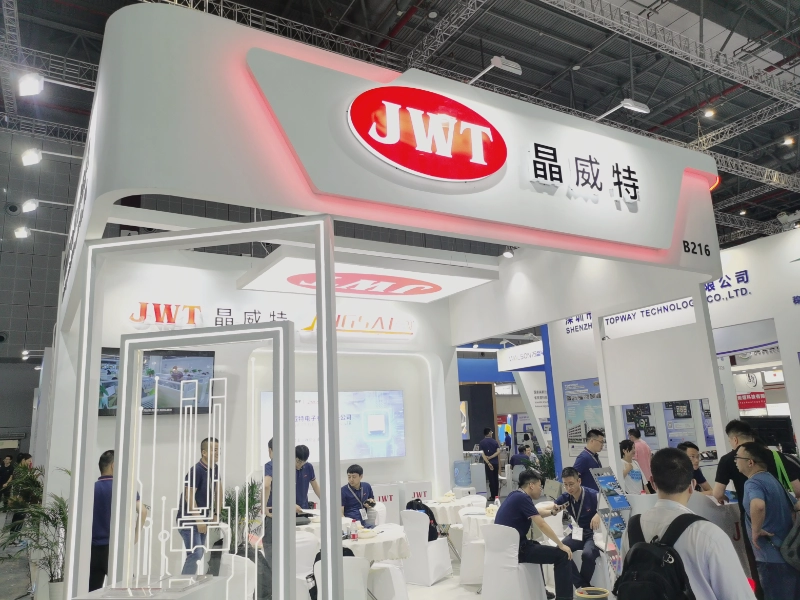Temperature fluctuation? 5 major advantages keep the equipment accurate
Release time: 2025-04-22
In the field of modern technology, frequency stability is one of the keys to ensure the normal operation of the device. Especially in high-precision electronic products, temperature fluctuations often affect the performance of the device. However, with the emergence of temperature-compensated crystal oscillators (TCXOs), it is possible to solve the problem of frequency deviation caused by temperature. Today, we will introduce you to the 5 advantages of temperature compensated crystal oscillators to help your device remain accurate and stable in various temperature environments.
1.High-precision frequency stability
Temperature changes directly affect the frequency of the crystal oscillator, thereby affecting the accuracy and stability of the device. The temperature compensated crystal oscillator can effectively correct the frequency deviation caused by temperature through the built-in intelligent temperature compensation circuit. Compared with ordinary crystal oscillators, TCXO can still maintain an accuracy of ±0.5 ppm or even higher in the temperature range of -40°C to +85°C. This is crucial for equipment that requires extremely high stability (such as satellite communications, precision navigation, precision measurement, etc.).
2.Wide operating temperature range
Ordinary crystal oscillators do not perform well at extreme temperatures, while the advantage of temperature-compensated crystal oscillators is that they can remain stable over a wide temperature range. Whether it is hot summer or cold winter, TCXO can ensure that the device always operates accurately. This advantage makes it widely used in high-demand industries and environments such as aerospace, automotive navigation, and weather monitoring.
3.Reduce maintenance costs
The frequency deviation of the device not only affects performance, but also may lead to frequent repairs and calibration work, which in turn increases operating costs. The high-stability temperature compensated crystal oscillator reduces failures caused by temperature changes and significantly reduces maintenance frequency and related costs. For devices that require high reliability and low maintenance, TCXO is undoubtedly an ideal choice. In the long run, it can effectively reduce the operating cost of the device and improve the overall reliability and service life of the device.
4.Energy saving and high efficiency
In many applications, the energy efficiency of the device is very critical. The low power consumption characteristics of TCXO make it particularly popular in battery-powered devices. Whether it is a mobile device, a wearable device, or a remote sensor, a temperature-compensated crystal oscillator not only ensures frequency stability, but also extends battery life and improves the overall performance of the device. This efficient energy management helps the device to continue to provide high-quality services under limited battery resources.
5.Diversified application areas
The accuracy and reliability of temperature compensated crystal oscillators have made it widely used in many industries. Especially in the communications, aviation, military, medical and other industries, TCXO has become the core technical support for frequency synchronization, positioning accuracy, time accuracy and other fields. With the advancement of technology, the application field of TCXO will be further expanded and become the standard configuration of more high-precision equipment.
The impact of temperature fluctuations on the frequency of equipment cannot be ignored, and the emergence of temperature compensated crystal oscillators provides a solution to this problem. No matter what industry you are in, TCXO can keep your equipment accurate and stable in any environment, and improve the performance and reliability of the equipment. If you have any customized needs or want to know more about the application of TCXO, please contact Jingweite for more information.


